HAWT and VAWT Comparison, (Mesh Motion and MRF)
$180.00 Student Discount
- The problem numerically analyses HAWT and VAWT using ANSYS Fluent software.
- We design the 3-D model with the ANSYS Design Modeler and mesh the present model with ANSYS Meshing.
- The Multiple Reference Frame (MRF) or Frame Motion method is applied for Horizontal Axis Wind Turbines.
- The Mesh Motion method is applied for Vertical Axis Wind Turbines.
To Order Your Project or benefit from a CFD consultation, contact our experts via email ([email protected]), online support tab, or WhatsApp at +44 7443 197273.
There are some Free Products to check our service quality.
If you want the training video in another language instead of English, ask it via [email protected] after you buy the product.
Description
HAWT and VAWT Description
In this tutorial, we will simulate the fluid flow passing over two models of wind turbines, vertical axis wind turbine (VAWT) and horizontal axis wind turbine (HAWT). These types of wind turbines have a different rotating motion with regard to the global coordinate systems and different methodologies must be considered when modeled.
One of the most intriguing applications of CFD for engineers is its capability to model fluid flow passing through turbomachines. Turbomachines are rotating machines for converting the kinetic energy of fluid flow to the rotating motion of machines such as turbines or vice versa for pumps.
This product is the 5th episode of the Turbomachinery Training Course.
Comparison between the two models
As stated earlier, the VAWT rotates around an axis perpendicular to the flow direction, while the HAWT are turbomachines rotating around a parallel axis with respect to the flow direction.
In other words, to model the rotating motion of a VAWT, the accurate method would be to use mesh motion and make sure that the rotating and stationary zone are linked with an interface boundary. Also, the simulation must be done in a transient manner to take care of mesh moving in a rotating manner.
While for modeling HAWTs, the user can simply use the frame motion technique and apply the desired rotating speed to the blades of the turbine and have no worries regarding the steady or non-steady time studies. However, the penalty of using such a method is that some time-dependent phenomena would be missed.
Also, it will be explained how a user can define different reports such as lift, drag, and moment for blades of any turbine, and obtain various results and data regarding the motion of turbomachines which would be of great importance when designing such structures.
Conclusion
In this tutorial, you will learn how to employ two of the most famous models for simulating the rotating motion of turbomachines, including mesh motion and frame motion. To accurately model the turbomachines having a rotating axis non-perpendicular to flow direction (VAWT), mesh motion should be used. While for simulating rotating structures such as HAWT, it is enough to employ the frame motion technique.
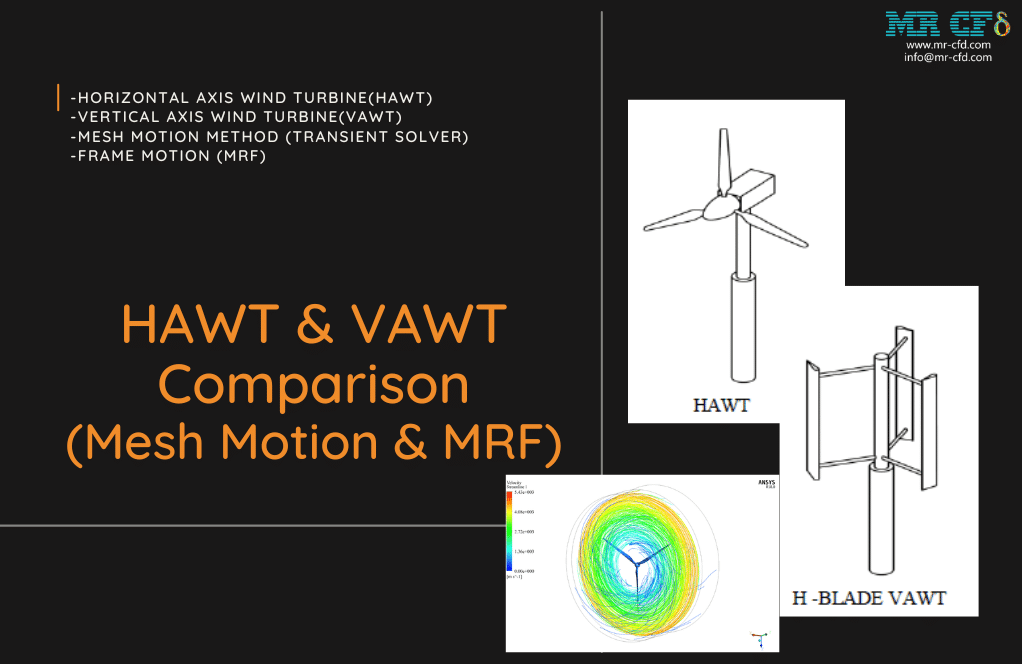
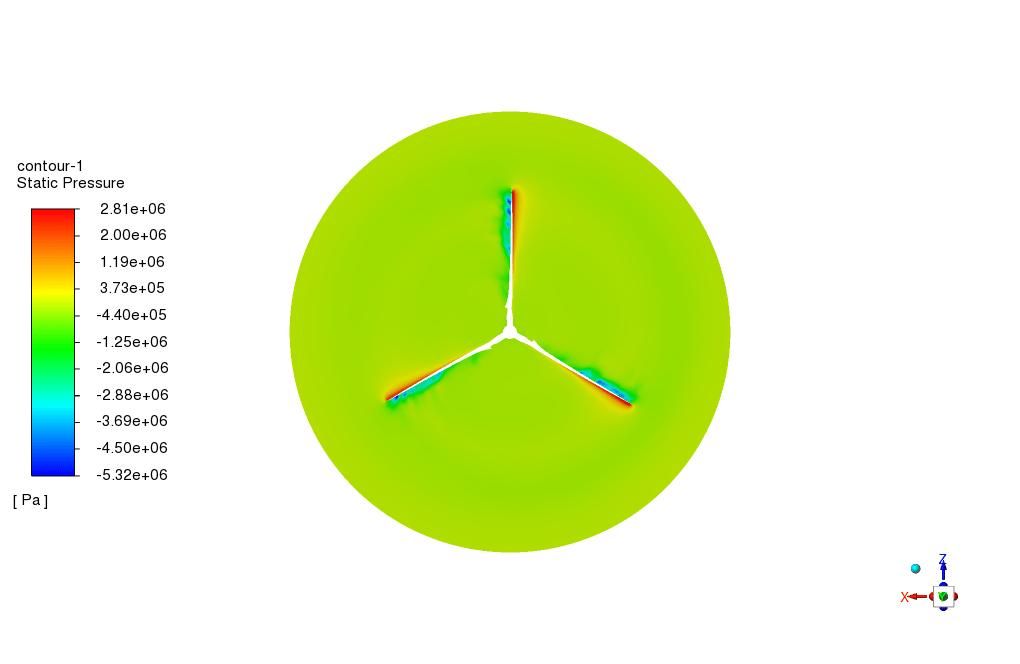
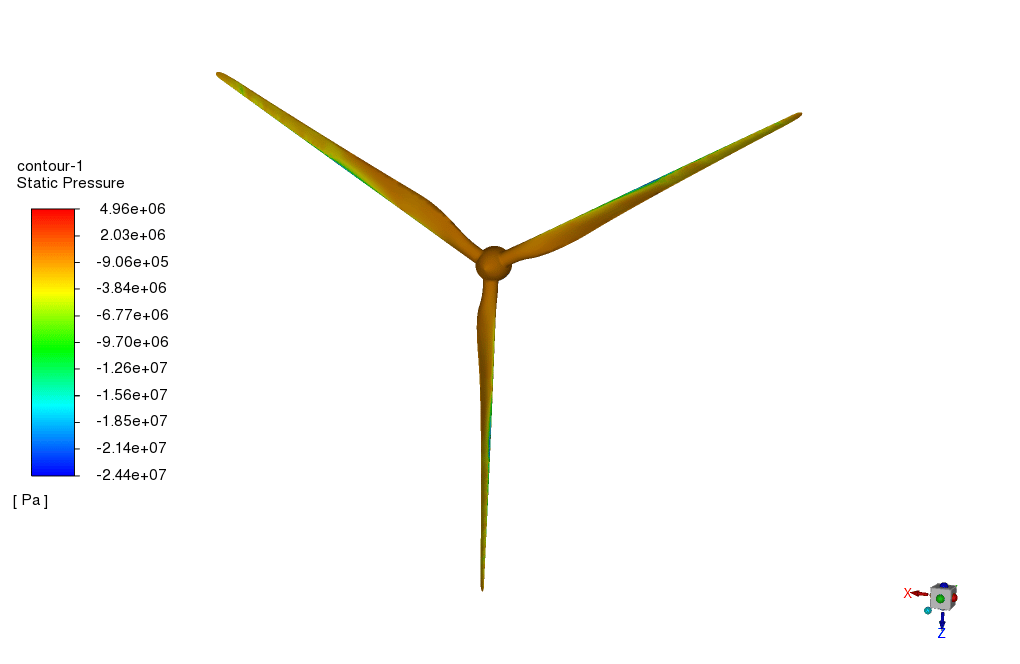
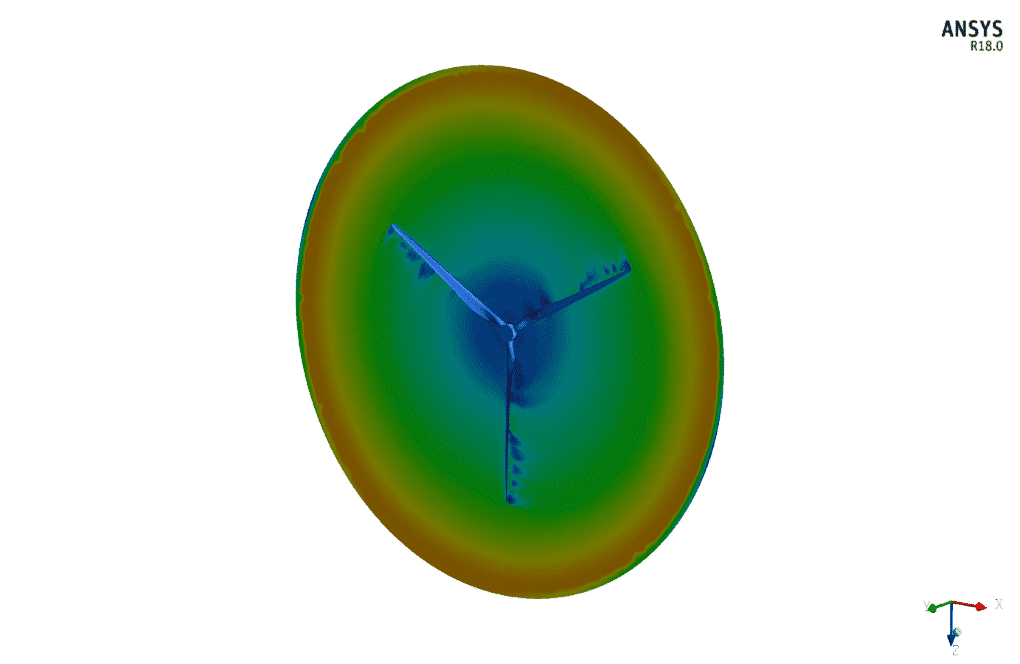
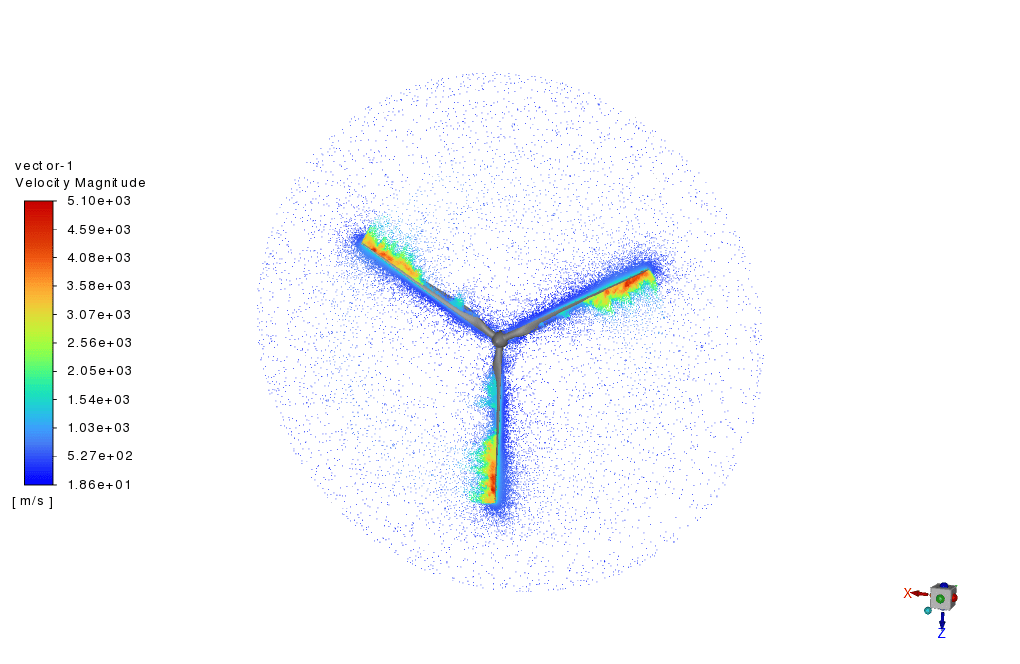
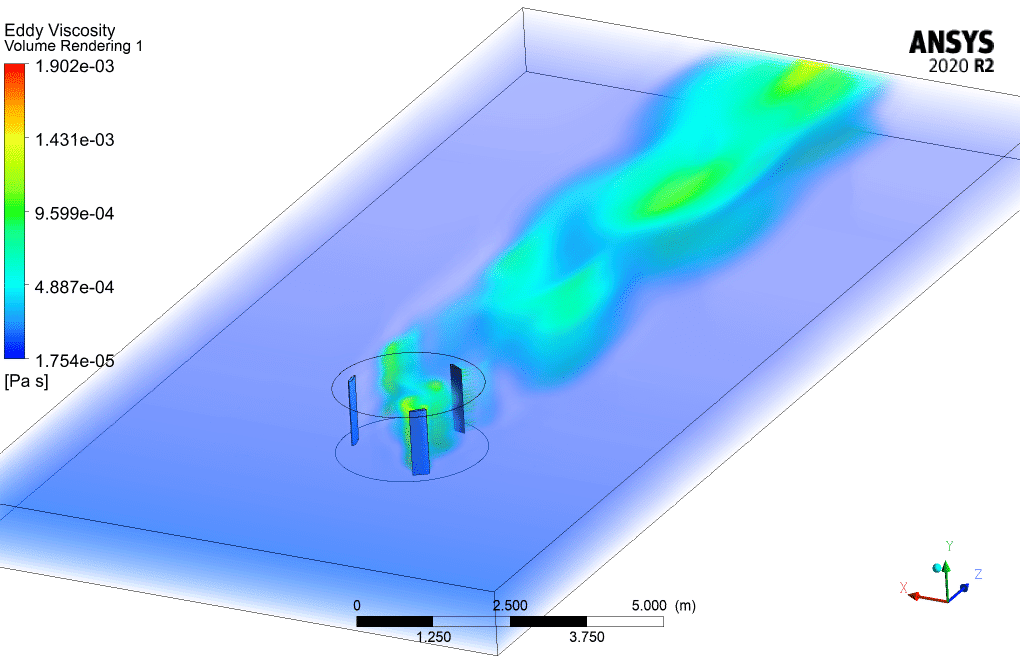
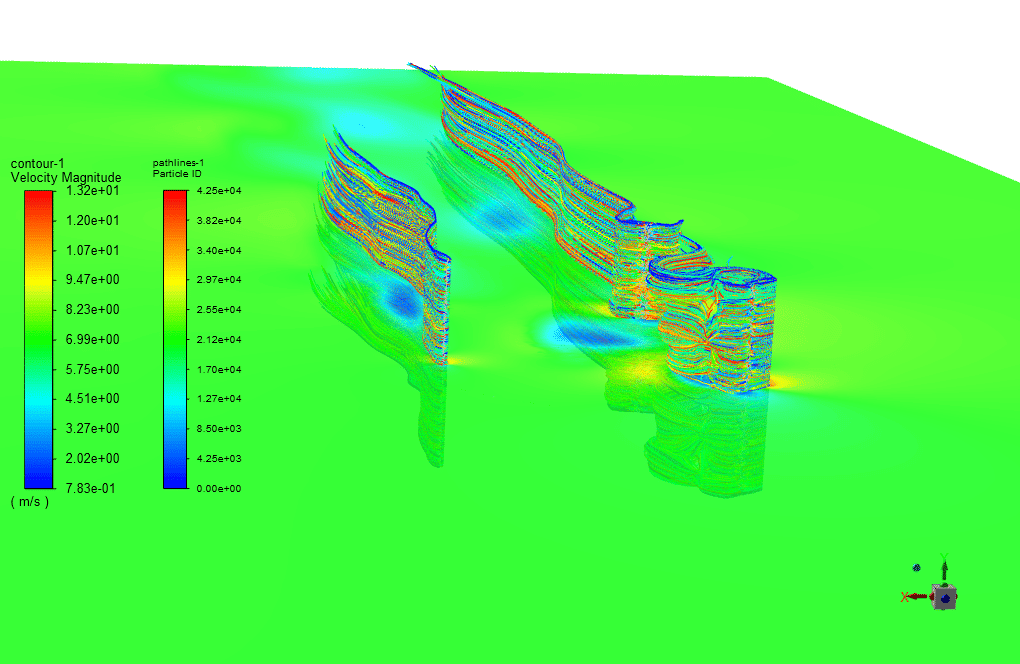
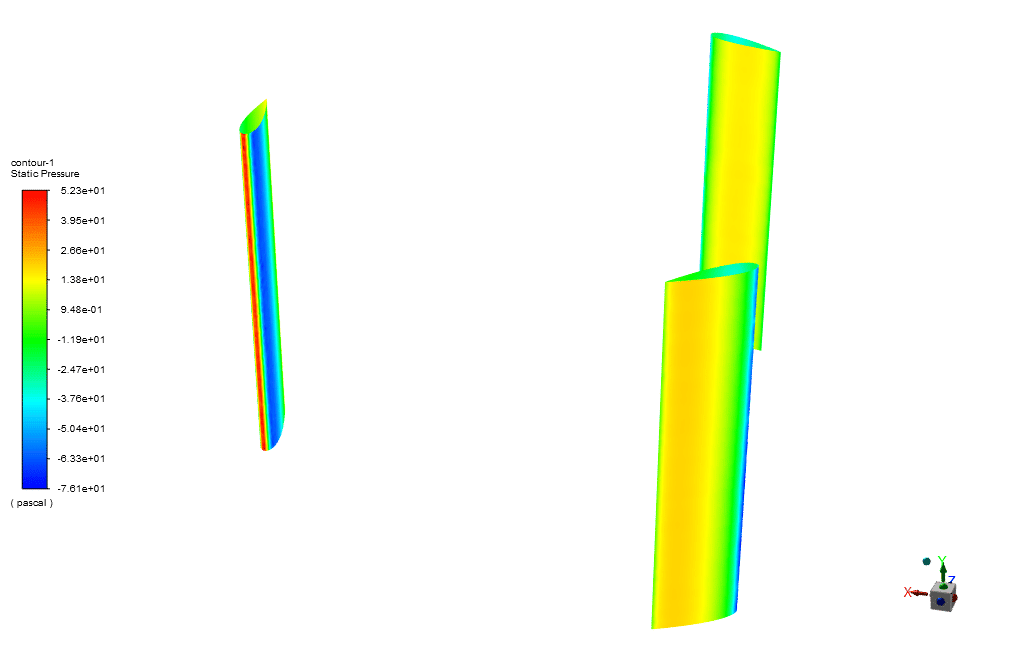
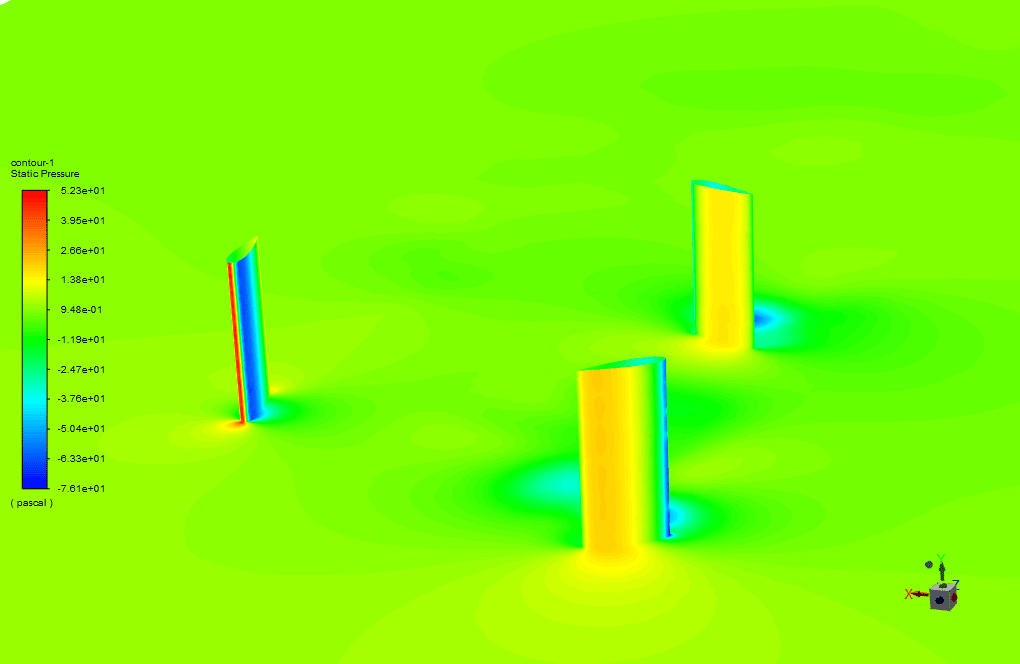
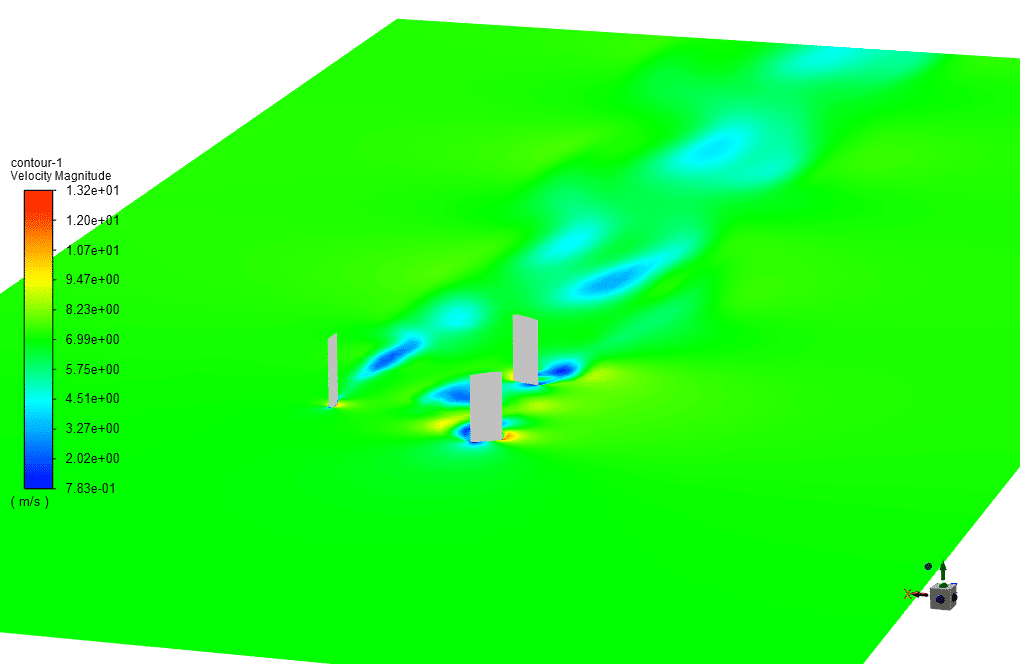
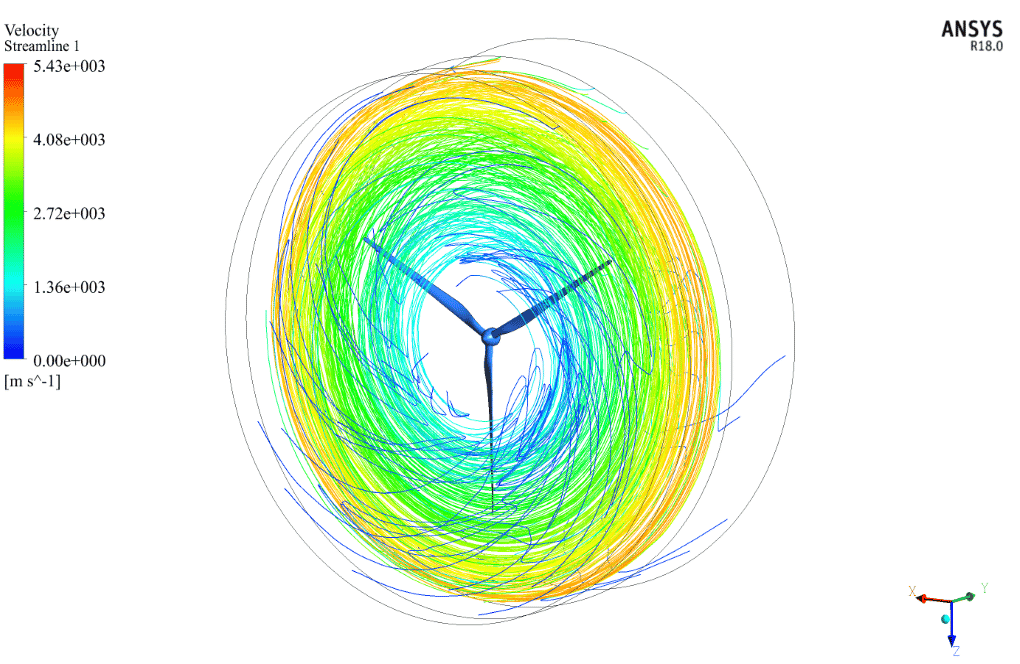
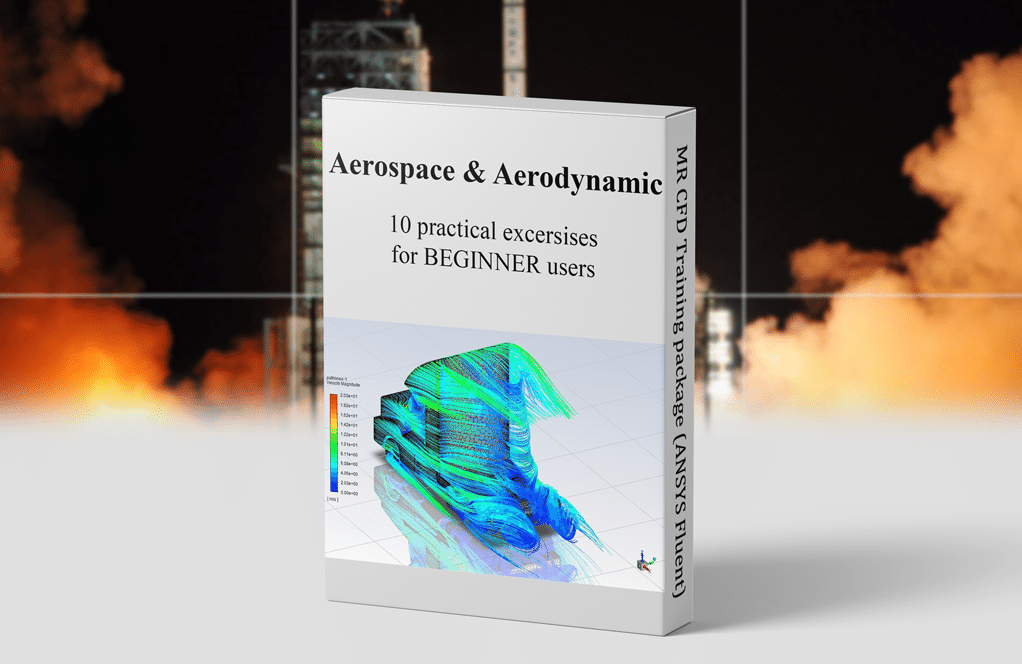
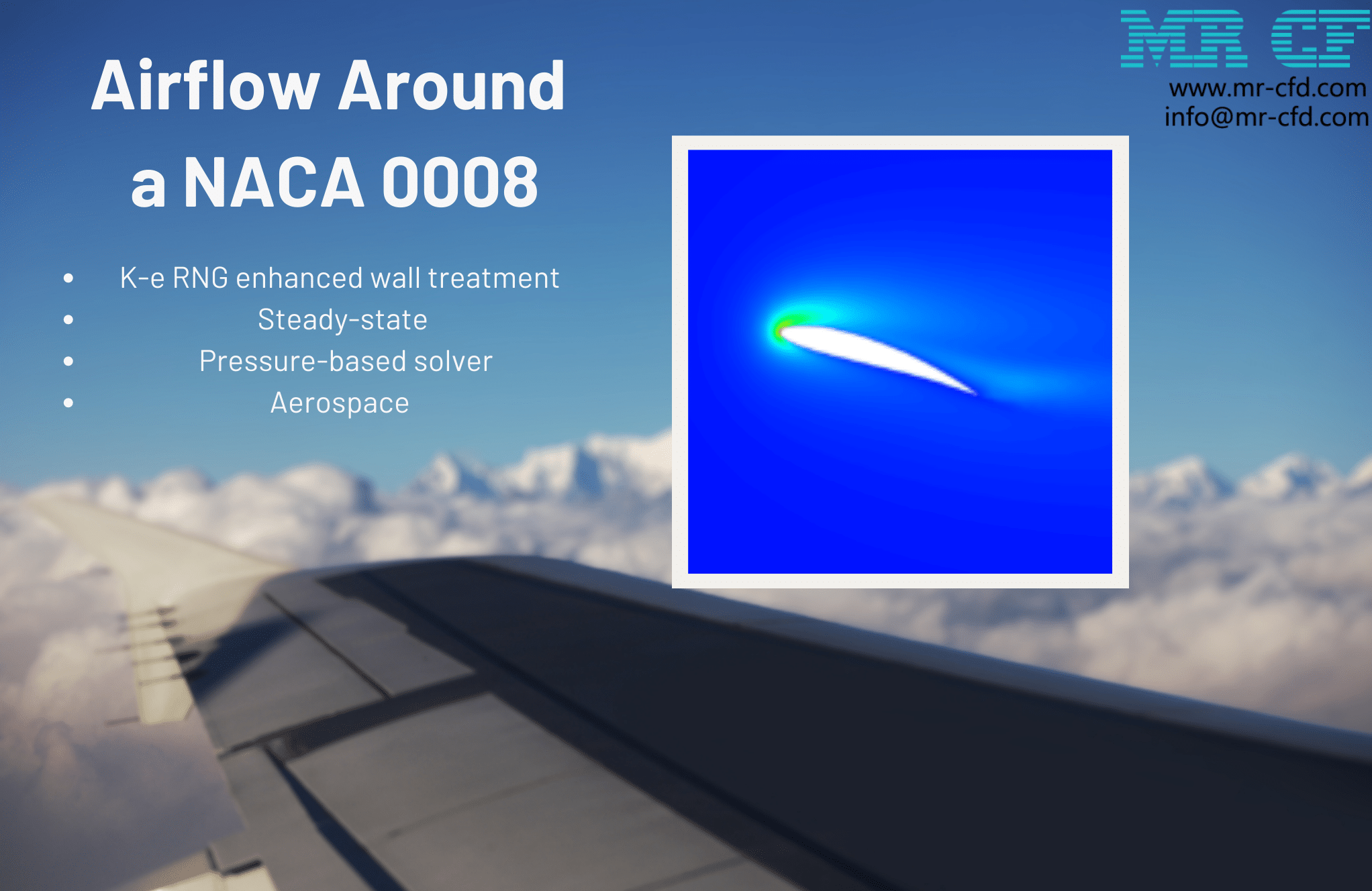
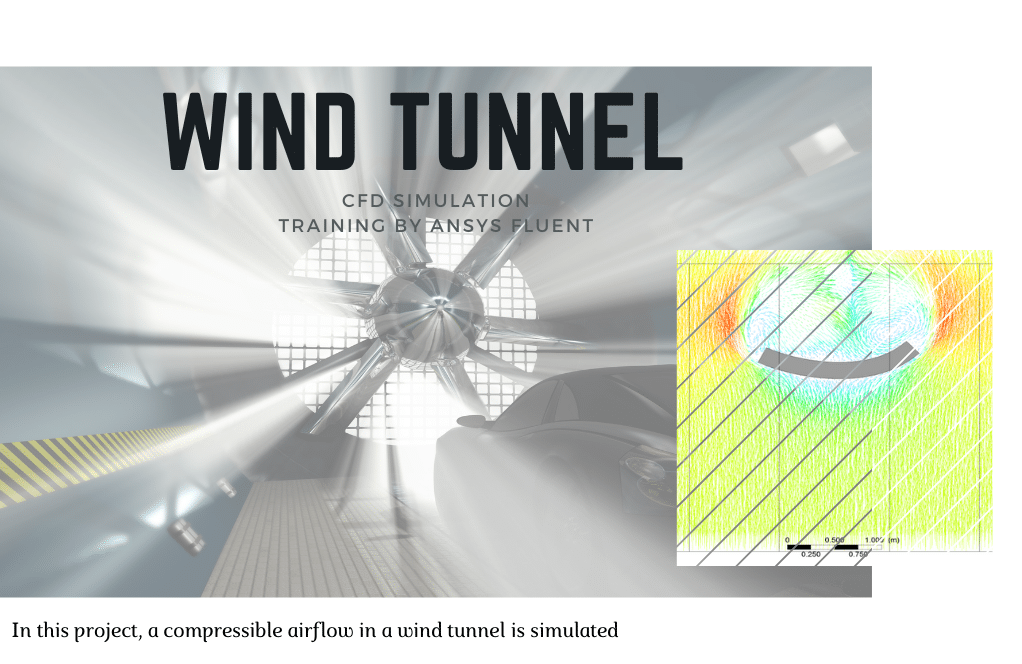
Amari Dickinson –
I am impressed with how this tutorial clarifies the distinctions in simulation approaches between VAWT and HAWT. The explanation of employing mesh motion for the VAWT due to its perpendicular axis to flow is particularly insightful. Moreover, the use of frame motion for HAWTs simplifies the complexities involved in such simulations, showing a deep understanding of turbomachinery CFD modeling. Great work!
MR CFD Support –
Thank you very much for your kind words! We are thrilled to hear that the tutorial on HAWT and VAWT simulation was helpful and provided clear insights into the different simulation techniques. Your satisfaction with the learning material motivates us to continue providing high-quality educational content. If you have any more feedback or need assistance with any other CFD topics, please don’t hesitate to reach out.
Jonas Stanton –
So thrilled with this CFD tutorial! It offers a clear distinction between the processing methodologies for HAWT and VAWT. The detailed explanation of how to apply different reports for blade analysis really enhances the learning experience.
MR CFD Support –
Thank you for your positive feedback! We’re delighted to hear that you found the tutorial helpful and that it enhanced your understanding of wind turbine simulations. Your enthusiasm for learning is exactly what drives us to create detailed and informative tutorials. If you have any further questions or need assistance, feel free to reach out.
Dr. Antonina Gorczany DVM –
The explanation about the complex dynamics involved with rotary turbomachines was enlightening. It’s impressive how CFD can unravel the intricate behaviors of both HAWT and VAWT systems. The different computational approaches for addressing their unique rotational axes provided a clear understanding of the challenges and solutions for modeling these turbines. Great tutorial for engineers interested in renewable energy applications.
MR CFD Support –
We’re thrilled to hear that our tutorial provided you with a clear understanding of the complexities involved in simulating wind turbines. It’s rewarding to know that we could contribute to your knowledge, especially in such a vital area as renewable energy. Thank you for your kind words and for recognizing the value of our training course. If you ever have more questions or need further clarification as you apply this learning, please don’t hesitate to reach out.
Madalyn Raynor –
I’m so impressed with how the tutorial covers the crucial differences between VAWT and HAWT, including their respective CFD modeling methodologies. The clear guidance on setting up lift, drag, and moment reports will greatly aid in interpreting results for turbine performance. Excellent work on illustrating practical steps in the design process through vital computational analysis techniques!
MR CFD Support –
Thank you for your enthusiasm and positive feedback on our tutorial covering HAWT and VAWT comparison through mesh motion and MRF in CFD simulation. We’re delighted to hear that our tutorial has provided valuable insights and helped clarify the design and analysis process for turbines. Your compliments are greatly appreciated, and we’re glad you found the information on setting up performance reports both informative and practical. If you have any more questions or need further assistance in the future, please don’t hesitate to reach out to us. Happy simulating!
Dr. Isadore Mante V –
Just finished the ‘HAWT and VAWT Comparison’ tutorial and Fascinating! This clear distinction made between using mesh motion for VAWT and frame motion for HAWT models gave me a much better understanding of how to approach simulations with different turbine axis orientations. Really helped me grasp the importance of the interface boundary in mesh motion simulations and the ease of implementation in frame motion models for HAWTs. Cheers for curating such excellent learning material!
MR CFD Support –
Thank you so much for your kind words! We’re thrilled to hear that you found the tutorial on ‘HAWT and VAWT Comparison’ helpful for understanding the distinct simulation techniques for vertical and horizontal axis wind turbines. It’s fantastic to know that the tutorial clarified the concept of the interface boundary in mesh motion as well as the simplicity of frame motion in HAWT simulations. Your enthusiasm for learning inspires us to continue delivering high-quality educational content. Thanks again for your support!
Juliet Kerluke Jr. –
This course sounds fascinating—I’ve always been interested in motor rotational mechanisms, particularly in renewables. Could you provide further examples of applications for the computational techniques discussed—beyond just wind turbines?
MR CFD Support –
Absolutely, beyond wind turbines, the computational techniques for mesh motion and frame motion can be applied to numerous other turbomachinery applications, such as hydraulic pumps, compressors, gas turbines, and aircraft propellers. These methodologies are also crucial for marine propellers and hydrokinetic turbines which harness energy from water flows. Additionally, they’re important for understanding and simulating the performance of cooling fans, in both industrial machinery and small electronic devices.
Prof. Hershel Crooks Jr. –
I’m particularly impressed with how the tutorial highlights the different methodologies needed for HAWT and VAWT simulations. The clarity in explaining the use of mesh motion for VAWT and frame motion for HAWT simulations is excellent, making complex concepts much more understandable.
MR CFD Support –
Thank you for your kind words! We’re delighted to hear that our tutorial on modeling HAWT and VAWT was helpful and that the explanations provided clarity on the methodologies involved. Understanding the nuances between different simulation techniques is crucial, and we’re glad we could assist in demystifying those concepts for you.
Dr. Nelda Wilderman –
I was blown away by how detailed the comparison between HAWT and VAWT was, including the different CFD techniques used for their simulations. It really helped me understand their functioning on a deeper level!
MR CFD Support –
Thank you for the kind words! We’re thrilled to hear that the tutorial provided you with a clear understanding of the complexities involved in simulating different types of wind turbines. If you ever have more questions or need further clarification on any aspect of turbomachinery simulations, we’re always here to help!
Dr. Ardith Pouros –
I thoroughly enjoyed the HAWT and VAWT comparison tutorial. The hands-on approach to explaining the differences between mesh motion and frame motion techniques was insightful. Not only did I get to understand the computational intricacies, but also how these movements impact turbine performance. It’s a must for anyone delving into turbomachinery designs.
MR CFD Support –
Thank you for your positive feedback! We’re delighted to hear that our tutorial provided you with a clear understanding of the distinct methods used in simulating VAWT and HAWT, and that you found it valuable for understanding turbomachinery. Your engagement and success are our top priorities. If you have any more insights you wish to share or discuss, please feel free to reach out to us!
Gilberto Hill Jr. –
I just completed the HAWT and VAWT comparison tutorial, and I’m impressed by how effectively both mesh motion and frame motion techniques were explained. The step-by-step guidance was superb, and I’ve gained a solid understanding of when to apply each method for different wind turbine models. Additionally, the focus on analyzing lift, drag, and moments has equipped me for my own design projects in the wind energy sector. The educational quality of this episode from the Turbomachinery Training Course is top-notch, great job MR CFD Company!
MR CFD Support –
Thank you for your thoughtful review. We are delighted to hear that the tutorial for comparing HAWT and VAWT using mesh motion and frame motion techniques was both helpful and informative. It is our aim to provide comprehensive training that empowers our clients in their design ventures, and your feedback reassures us that we are achieving that goal. We’re looking forward to providing you with more quality learning materials!
Prof. Terrance Schiller DDS –
The tutorial for HAWT and VAWT simulation was incredibly detailed and comprehensive. It greatly helped in understanding the nuances of simulating different wind turbine models. Kudos to the team for such well-prepared and educational material!
MR CFD Support –
Thank you so much for your positive feedback! We are thrilled to hear that our tutorial on HAWT and VAWT simulation met your expectations and was helpful in your learning journey. We strive to provide high-quality and detailed materials to assist our customers. Your compliments are deeply appreciated and they motivate us to keep delivering the best possible training experience. If there’s anything more you wish to learn about or any further assistance you need, please don’t hesitate to reach out.
Brendon Turner Jr. –
The animations in the HAWT and VAWT simulation tutorial really helped me visualize how different wind turbines work under varying flow conditions. It’s amazing to see the differences in their motion and the resulting fluid dynamics.
MR CFD Support –
Thank you for your positive feedback on the HAWT and VAWT simulation tutorial! We’re delighted to hear that our animations effectively illustrated the differences between the two types of wind turbines and their interactions with fluid flow. Your appreciation motivates us to continue providing high-quality learning materials. If you have any more questions or need further clarification on any aspects, feel free to reach out!